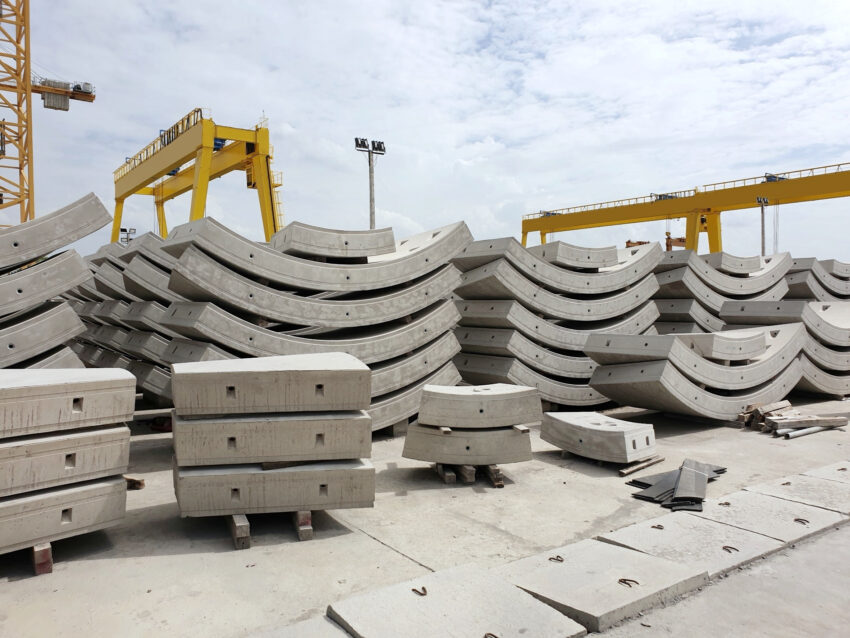
BIM can open doors for a new era in the history of US Infrastructure. Here’s how!
The pandemic has delayed or stalled several construction projects, owing to the shortage of materials such as structural steel and glass which are procured from Asia.
Secondly, working remotely was also not an option for construction workers on site.
In the post-Covid era, both pending as well as new construction projects are expected to come with anticipated growth in the healthcare, commercial, and transportation sectors. The residential projects are seeing an increased demand for multi-family complexes.
President Biden’s vision is to create a robust infrastructure that is safe, environment-friendly and can withstand climate change. The allocation of over USD 1 billion to ramp up the existing infrastructure – including railways, bridges, ports, and highways – certainly fuels this ambition.
So, what would the sector need to prepare itself for? Here’s an example from a public sector renovation project scenario.
Traffic interruption during construction and repair poses a significant challenge in road and railway projects. For projects under renovation, add to it the complexity of managing ground utilities like sewage lines, telephone cables, water supply etc. This directly impacts commuters and passengers who are taking the roadways, railways or airports, on a daily basis. This interruption will need to be managed by project owners. To avoid clashes during implementation leading to rework and project delays, these nuances will need be to be factored in during the planning stage. Insufficient contract management and lack of coordination between project stakeholders could also lead to further delays and losses. BIM based project planning can remedy all of this at once.
Though the AEC industry in USA is one of the largest construction markets worldwide, it is also fragmented in nature and had thus far, not really explored technology-enablers or digital tools to enhance productivity. However, the pandemic has introduced them to new possibilities. McKinsey, stated in a report published in 2020, that designers and engineers are increasingly using Building Information Management (BIM) to manage the projects and to speed up project execution and delivery.
Secondly, working remotely was also not an option for construction workers on site.
In the post-Covid era, both pending as well as new construction projects are expected to come with anticipated growth in the healthcare, commercial, and transportation sectors. The residential projects are seeing an increased demand for multi-family complexes.
President Biden’s vision is to create a robust infrastructure that is safe, environment-friendly and can withstand climate change. The allocation of over USD 1 billion to ramp up the existing infrastructure – including railways, bridges, ports, and highways – certainly fuels this ambition.
So, what would the sector need to prepare itself for? Here’s an example from a public sector renovation project scenario.
Traffic interruption during construction and repair poses a significant challenge in road and railway projects. For projects under renovation, add to it the complexity of managing ground utilities like sewage lines, telephone cables, water supply etc. This directly impacts commuters and passengers who are taking the roadways, railways or airports, on a daily basis. This interruption will need to be managed by project owners. To avoid clashes during implementation leading to rework and project delays, these nuances will need be to be factored in during the planning stage. Insufficient contract management and lack of coordination between project stakeholders could also lead to further delays and losses. BIM based project planning can remedy all of this at once.
Though the AEC industry in USA is one of the largest construction markets worldwide, it is also fragmented in nature and had thus far, not really explored technology-enablers or digital tools to enhance productivity. However, the pandemic has introduced them to new possibilities. McKinsey, stated in a report published in 2020, that designers and engineers are increasingly using Building Information Management (BIM) to manage the projects and to speed up project execution and delivery.
bmmagazine.co.uk



